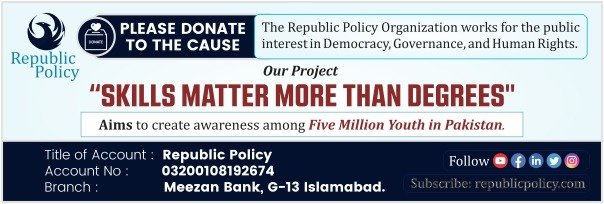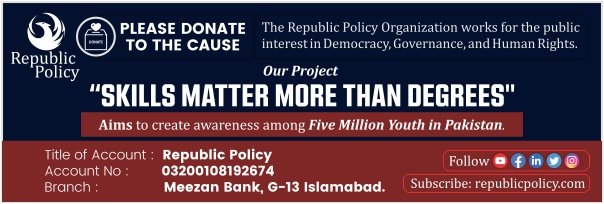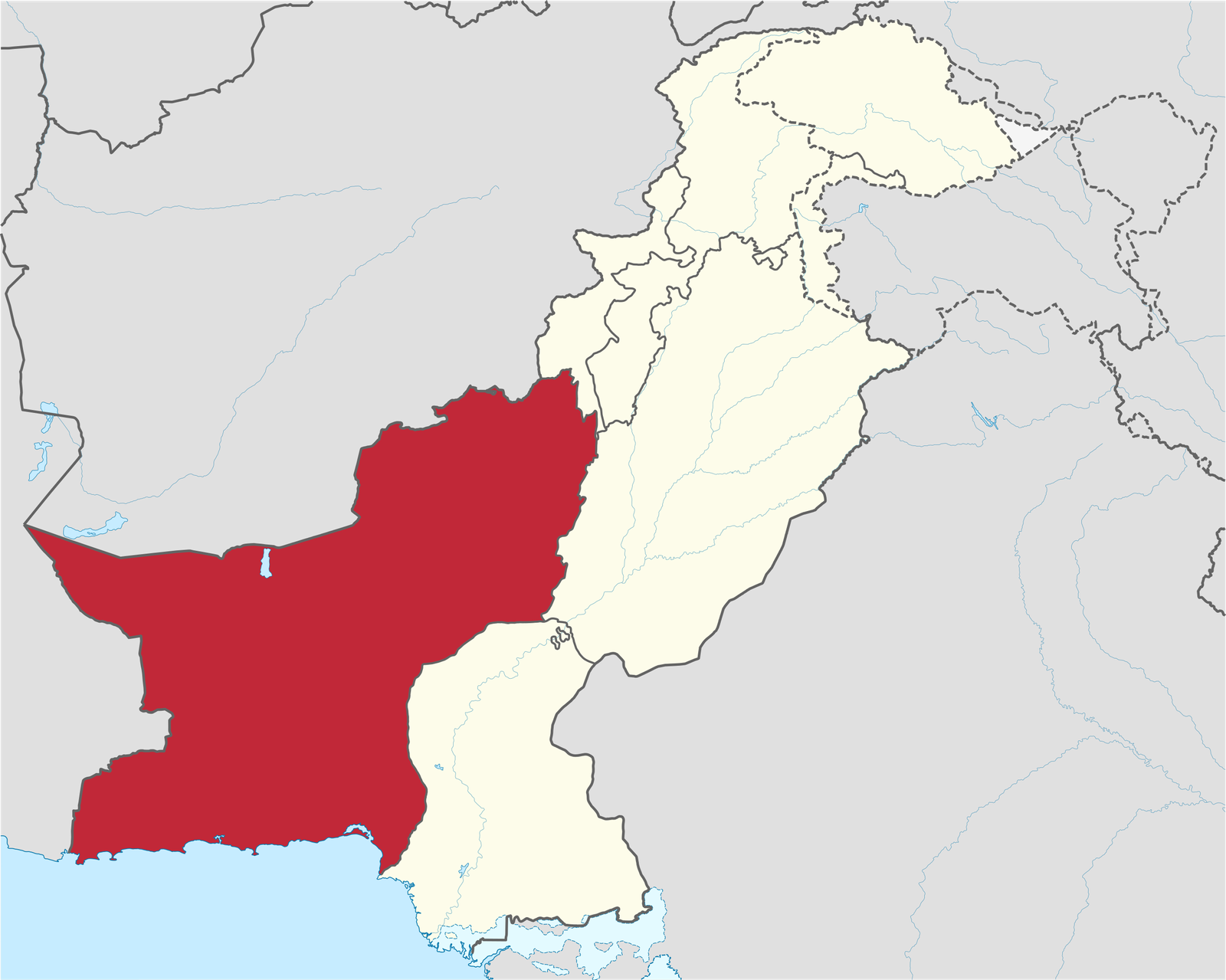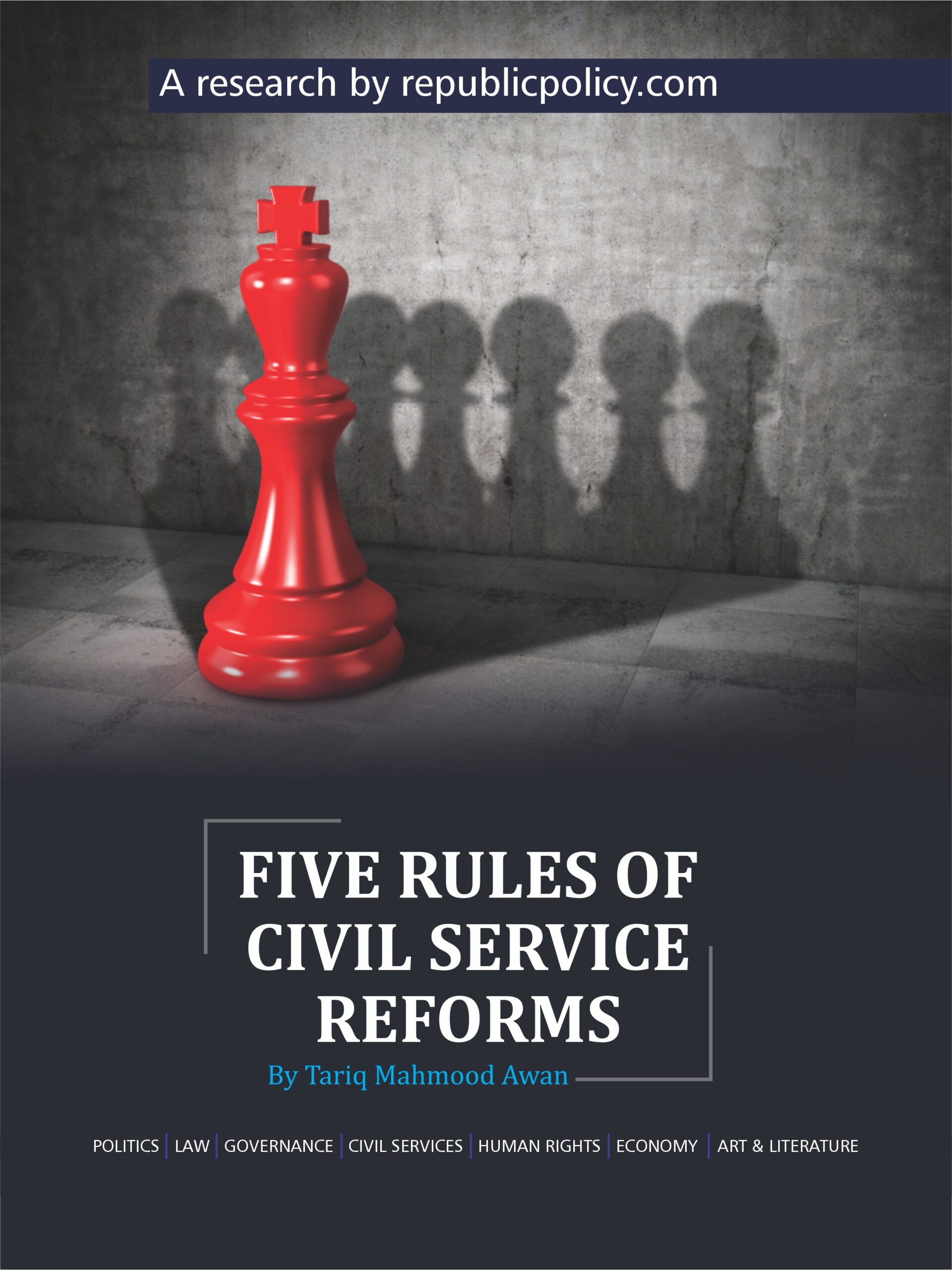Editorial
US President Donald Trump has ignited a global trade war, announcing sweeping reciprocal tariffs on over 180 countries, including Pakistan. In a fiery speech from the White House Rose Garden, Trump accused other nations of “looting” the United States, setting the stage for economic clashes that will reverberate worldwide.
Among the most significant targets of these tariffs are US competitors, including China (34%), the European Union (20%), and South Asian nations like Pakistan, which now faces a staggering 29% tariff on its exports to the US. This decision stems from Trump’s broader strategy to balance the US trade deficit by imposing tariffs on countries with which it has persistent trade imbalances.
Pl subscribe to the YouTube channel of republicpolicy.com for quality podcasts:
The consequences for Pakistan, one of the US’s largest trading partners, are deeply concerning. Experts predict that these tariffs will erode the competitiveness of Pakistani products in the US market, especially in the textile sector, which dominates Pakistan’s exports. In the first seven months of FY2025, Pakistan’s exports to the US amounted to $3.6 billion, with textiles accounting for nearly 80% of this figure. With tariffs now significantly higher than those on some other competitors, such as India and Bangladesh, Pakistan faces a tough challenge.
Experts warn that the tariffs effectively act as a tax on American consumers, reducing demand for imports, which could lead to a downturn in Pakistan’s export growth. However, they also see a potential opportunity: if Pakistan can adapt its export strategy, it could capture market share from countries like China and Vietnam, particularly if the government works to reduce energy costs and improve exporters’ margins.
Pakistan’s response will be crucial. While the tariffs present a significant challenge, they also provide an opportunity for the country to renegotiate trade terms and strengthen its position in the global market.














